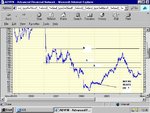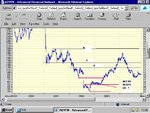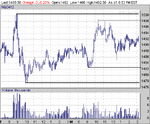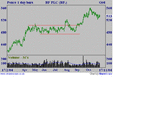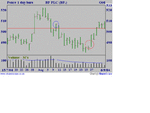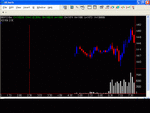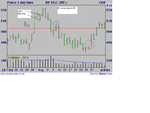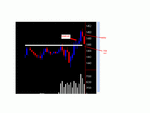sulong
I am not sure if I should be posting this on this thread or on dbp's supply demand thread.
If this is not the best place to post it please tell me.
On the 5 year chart below I have inexpertly added support/resistance lines and an area which I think looks like accumulation.
I should mention that this stock has been the subject of takeover rumours after it reached the bottom but nothing definite happened until approx 2 months ago when the company announced that they were in talks.
Would anyone care to comment trying not to use the benefit of hindsight.
Regards
bracke
I am not sure if I should be posting this on this thread or on dbp's supply demand thread.
If this is not the best place to post it please tell me.
On the 5 year chart below I have inexpertly added support/resistance lines and an area which I think looks like accumulation.
I should mention that this stock has been the subject of takeover rumours after it reached the bottom but nothing definite happened until approx 2 months ago when the company announced that they were in talks.
Would anyone care to comment trying not to use the benefit of hindsight.
Regards
bracke

